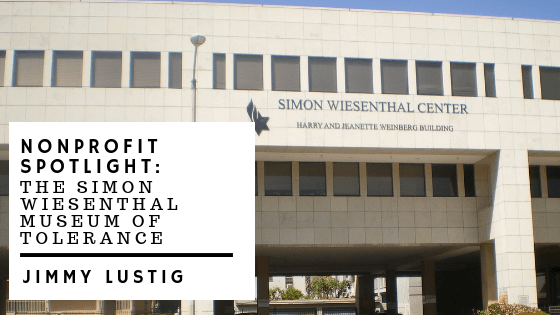The Museum of Tolerance (MOT) opened in Los Angeles in 1993. Beyond an institution devoted to the preservation of objects, artifacts, and documents, the MOT is designed to be an experience that immerses the audience in the knowledge of tolerance and what it means, a Museum that encourages individuals of all backgrounds to examine their assumptions and value systems and to engage in a dialogue that facilitates growth and change.
The creation of the Museum of Tolerance
The Simon Wiesenthal Center, a respected and internationally renowned Jewish human rights organization, named to honor the late Simon Wiesenthal, a famous Nazi hunter, began to plan for The Museum of Tolerance with input from the representatives of the world’s most influential and prestigious museums and cultural institutions.
These think tank sessions proposed a fresh perspective, a Museum that would provide a unique experience to the museum-goer by encouraging thought and conversation, molding attitudes, and offering information on the arena of tolerance and human understanding.
Simon Wiesenthal believed that the idea of preserving the past was imperative, yet, as necessary as that honoring and recording is, it must motivate and inspire us to take action in the present. The Museum of Tolerance should serve to prevent hatred and genocide from occurring to any group, both in contemporary times and in the future.
And the winner is tolerance!
The MOT has been honored as the recipient of the Global Peace and Tolerance Award from the Friends of the United Nations. This accolade has underscored The Museum of Tolerance’s role as a human rights laboratory and educational center which turns on the fulcrum of inviting guests to understand the Holocaust in its historical context and as viewed through the lens of today.
Holocaust education is vitally important because studies had shown that when the MOT was being planned, young people, even as early as the 1980s, were debating if the Holocaust had occurred. This added to the imperative for MOT to present the phenomena of the Holocaust in a way that encouraged the audience to explore, expose and to energize a dialogue that began with one expression of prejudice and genocide and then to extrapolate ideas of tolerance from the lessons learned. To start the work of confronting and uprooting all forms of discrimination is the role that the MOT hopes to instill in viewers.
